Instructions on how to choose conductors for capacitors
Table of Contents
How to choose conductors for capacitors in the installation of self-compensating cabinets
I. Things to know about electrical conductors:
Electricity brings many conveniences in life but must always go hand in hand with safety. By ensuring the factors of selection and use of capacitors and selection of electrical conductors for assembling capacitor cabinets will contribute to minimizing optimization in using electricity brings economic efficiency and safety in assembling compensation capacitor to avoid fire and explosion caused by overloading of conductors.
- Introduction What is a capacitor and compensation capacitor reactive power
- You should clearly understand the parameters recorded on the wire such as cross-section, copper core, number of copper wires, voltage, current… to calculate and select the correct load current to choose the appropriate conductor. If you choose a conductor with a current lower than the load current, it will cause fire, explosion, short circuit, etc. Otherwise, it will cause waste.
- To check the quality of the conductor, count the number of wires of the core exactly as indicated on the outside of the sheath of the wire. If the number of yarns counted is not enough compared to the number of yarns recorded outside, the conductor is not safe. Good quality inner copper wire is red yellow, shiny and soft. On the contrary, if the copper wire is of poor quality, it will have a black yellow color and break easily when bent.
- Check the outer plastic shell, if the plastic is good, it is very soft when bent, otherwise if the plastic is of poor quality, it will be brittle and hard.
- It is best to choose to buy electrical conductors from reputable manufacturers such as Samwon welding cable and Dusonc welding cable are two major Korean companies specializing in electrical cables with certificates of origin and CO-CQ quality

II. Conductor for 2-phase capacitors 2.5kvar to 20kvar current 230/260Vca
– Capacitor compensation RTR 2.5KVAr, then we should choose 2.5mm2 or more ground wire
– Compensating Capacitor RTR 5KVAr – 7KVAr, then we should choose 4mm2 or more ground wire
– Compensating Capacitor RTR 10KVAr then we should choose 6mm2 or more ground wire
– Compensating Capacitor RTR 12.5KVAr, then we choose 10mm2 or more ground wire
– Compensating Capacitor RTR 15KVAr, then we choose 16mm2 or more ground wire
– Compensating Capacitor RTR 20KVAr, then we choose 25mm2 or more ground wire
III. Conductor for 3-phase capacitors 2.5KVAr to 50KVAr current 400/440Vca
– Compensating Capacitor RTR 2.5KVAr -5KVAr, then we choose 2.5mm2 or more ground wire
– Compensating Capacitor RTR 7.5KVAr-10KVAr-12.5KVAr, then we choose 4mm2 or more ground wire
– Compensating Capacitor RTR 15KVAr, then we choose 6mm2 or more ground wire
– Compensating Capacitor RTR 20KVAr-(25KVAr-440V), then we choose 10mm2 or more ground wire
– Compensating Capacitor RTR (25KVAr-400V) – 30KVAr, then we choose 16mm2 or more ground wire
– Compensating Capacitor RTR 35KVAr – 40KVAr then we choose wire welding cable area 25mm2 or more
– Compensating Capacitor RTR 50KVAr, then we choose 35mm2 or more ground wire
See also: Why install capacitors


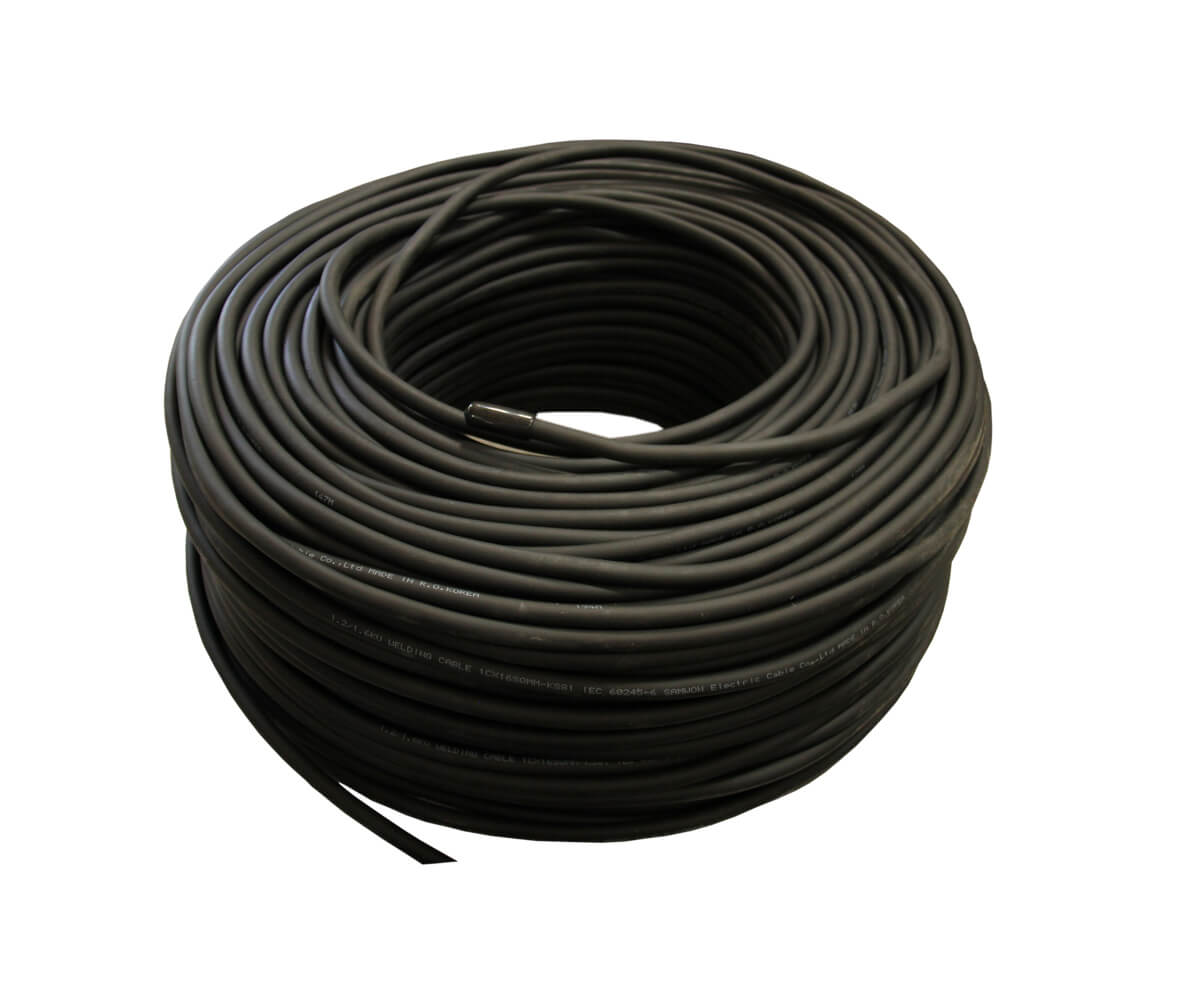
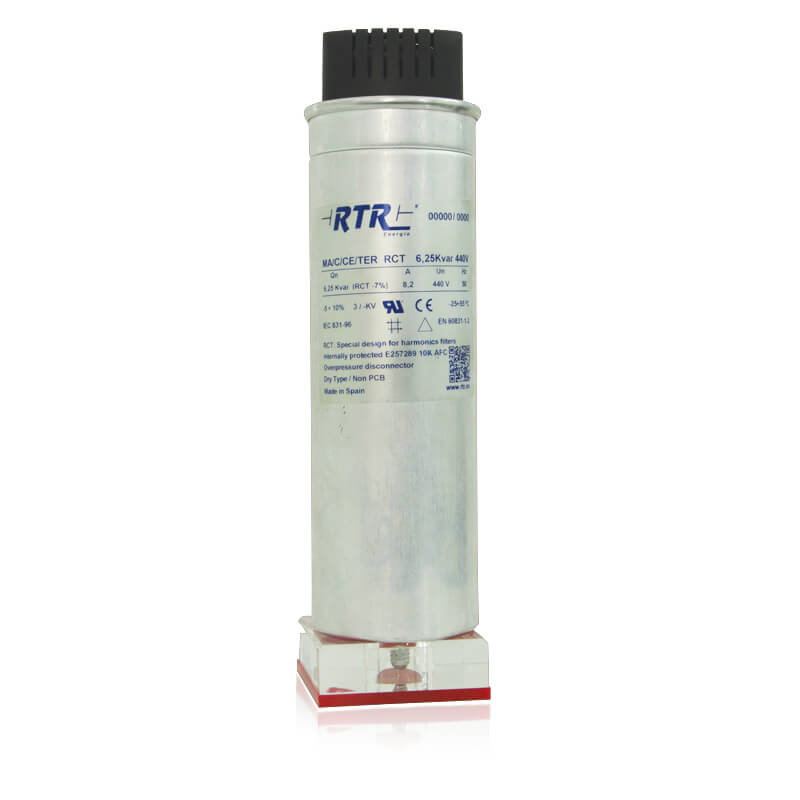
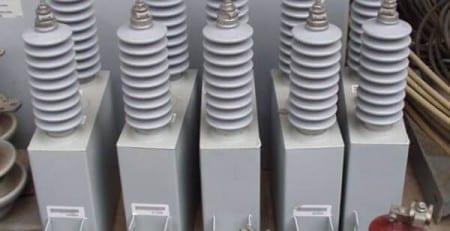
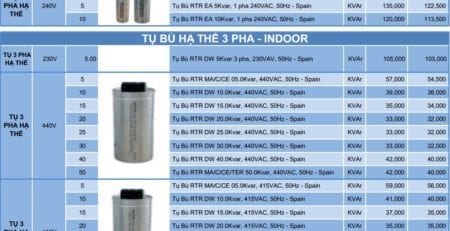
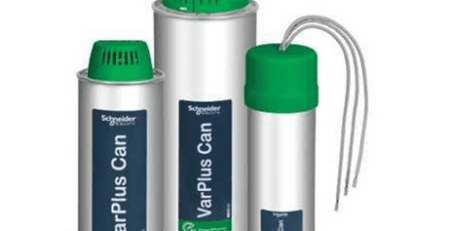
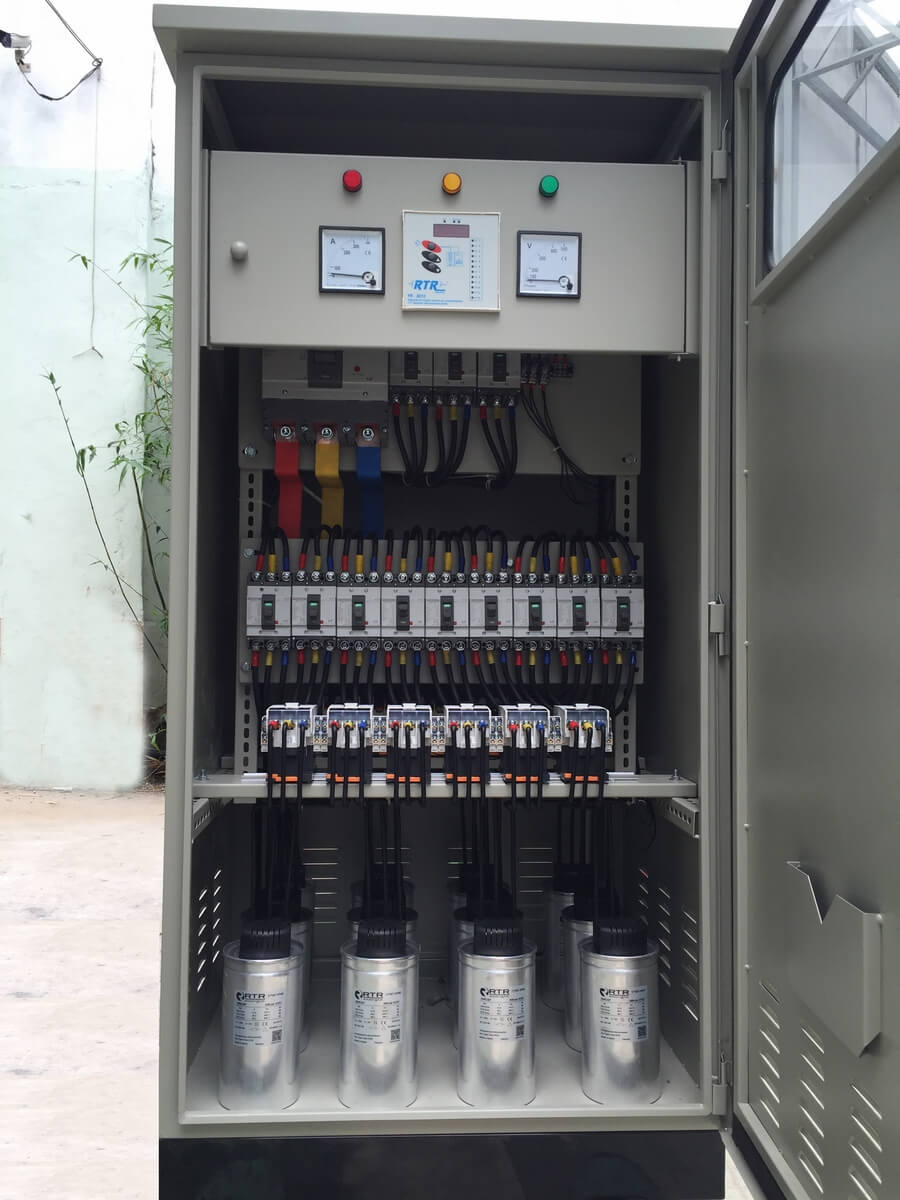
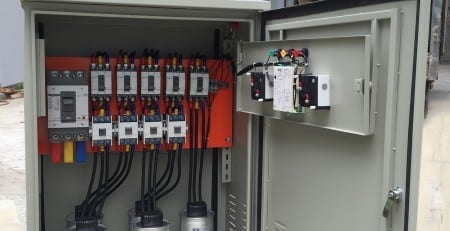
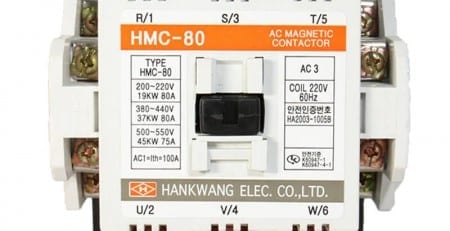


Leave a Reply